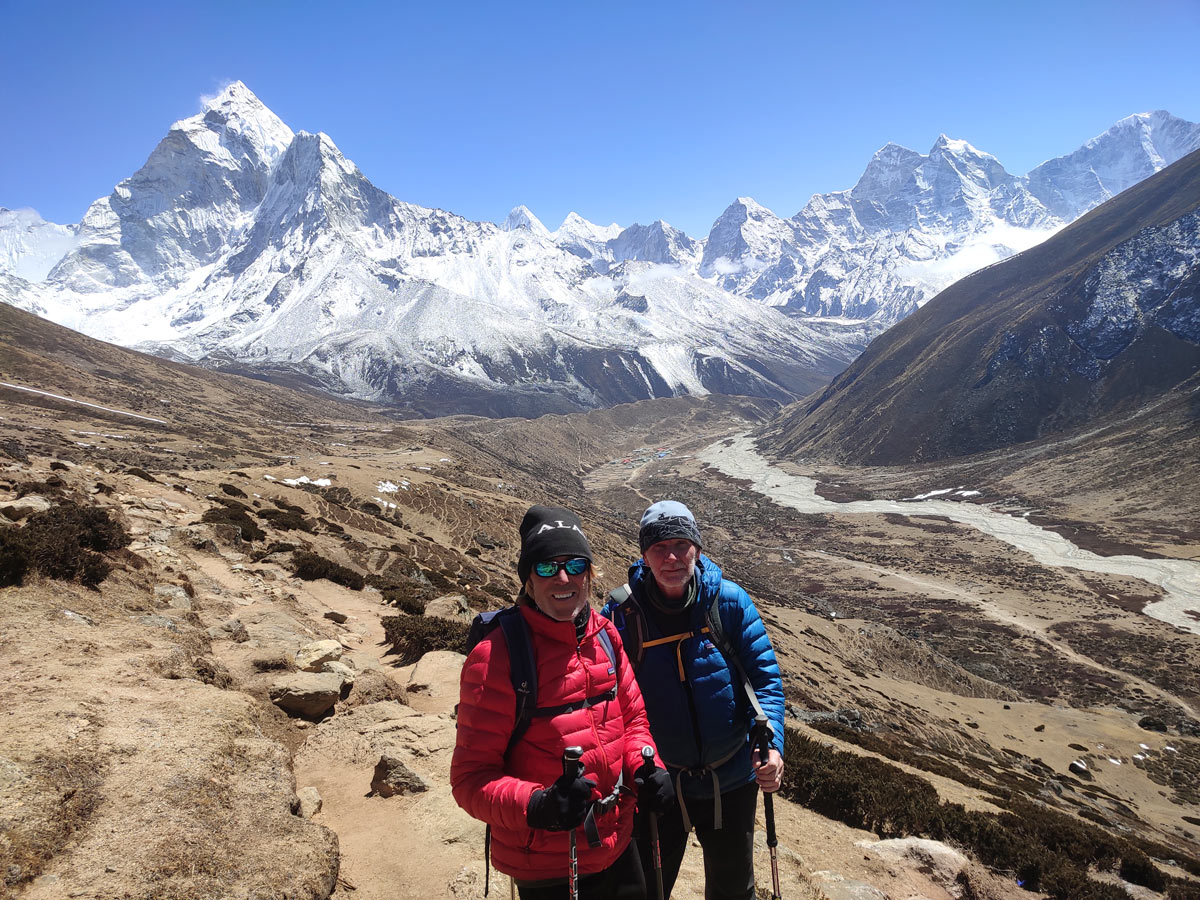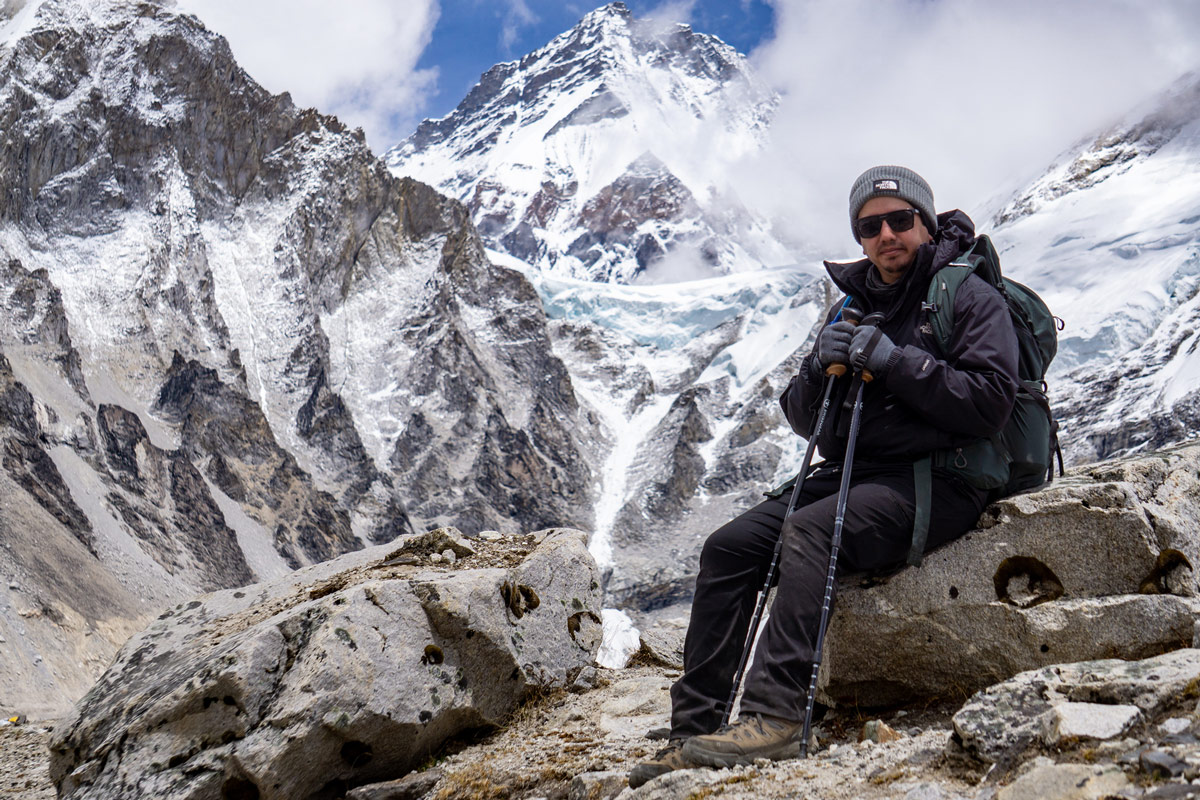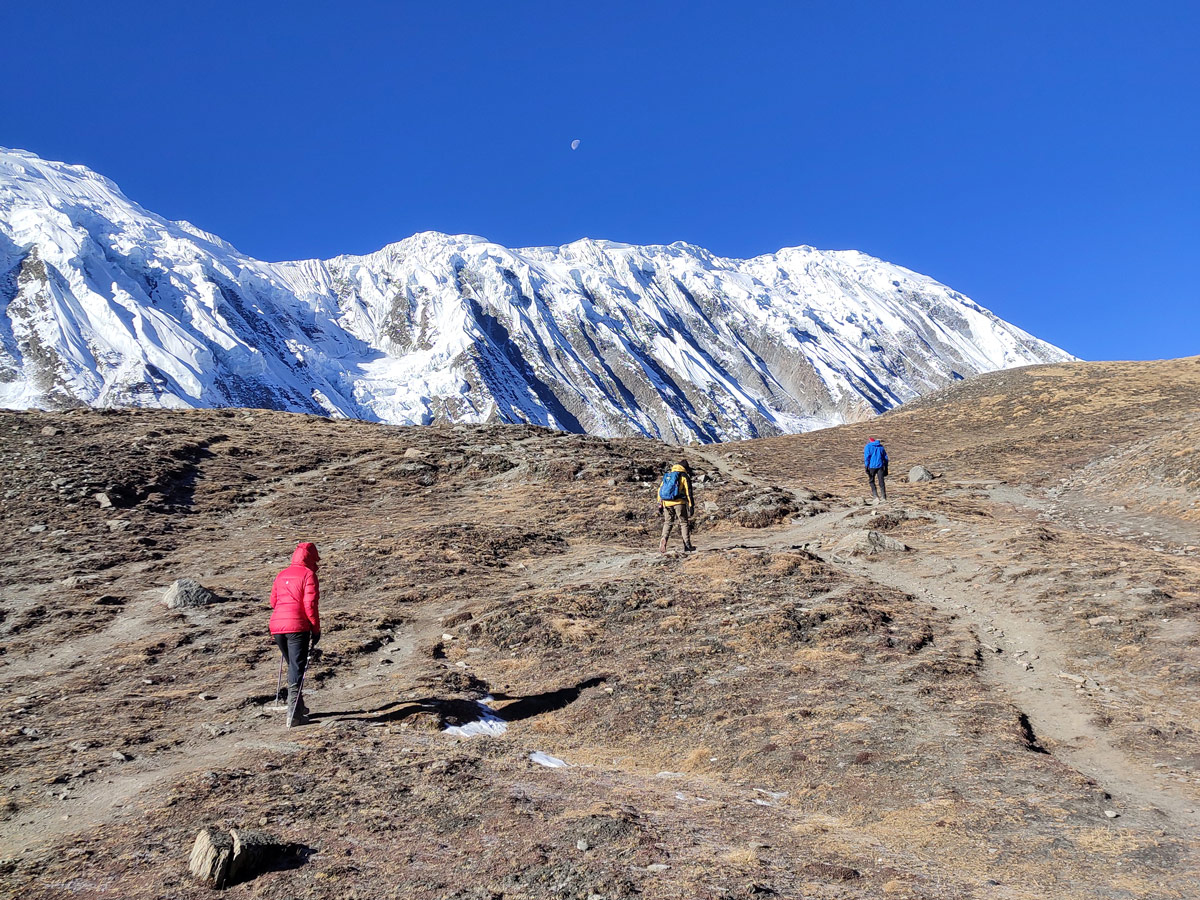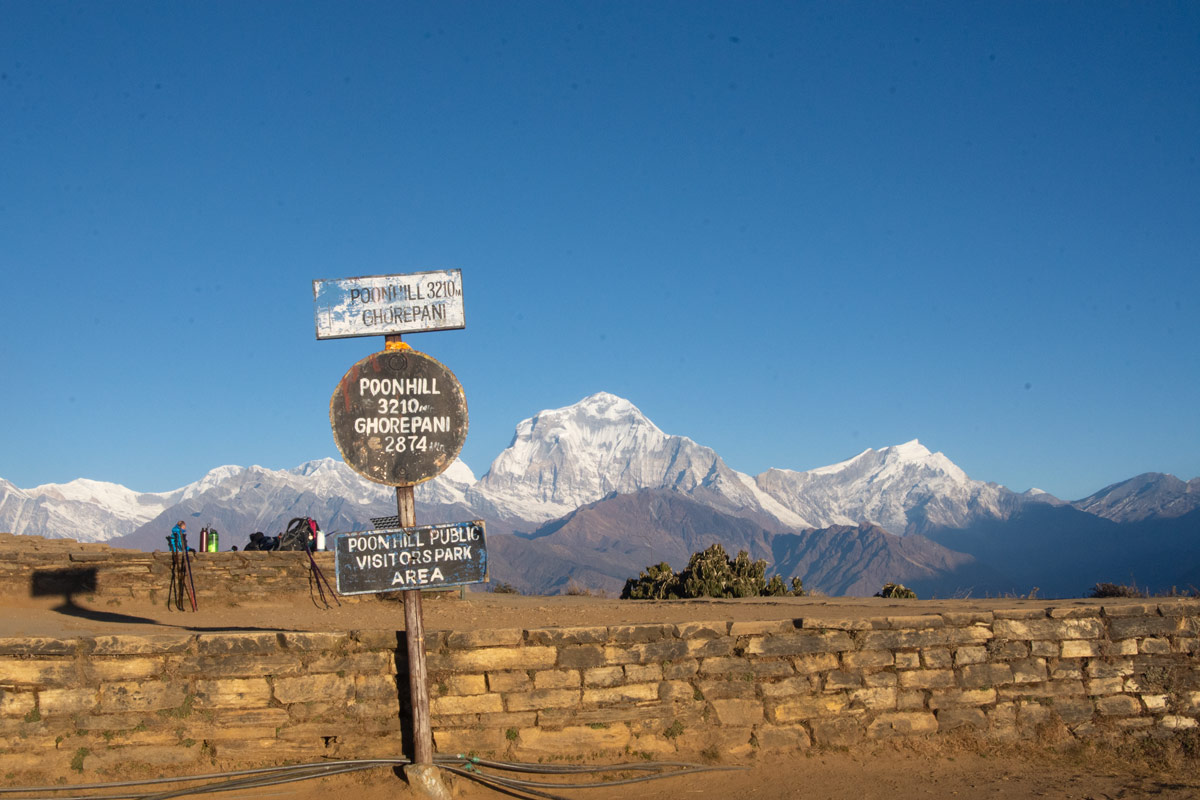Standing in the shadow of the tallest peak in the world as you witness the most mesmerizing view where snow-blanketed peaks pierce the blue skies and glaciers shimmer amidst the thin realm of air, this reality is what draws a flock of adventurers to the Everest Base Camp trek.
But is this iconic trek really worth all the hype? Is the Everest Base Camp trek worth it? Read on as we answer your queries!
Overview of the Everest Base Camp Trek
Starting from the adventurous airstrip of Lukla airport and making its way up to the foothills of the mighty Everest, the Everest Base Camp trek passes through fascinating Sherpa villages of the Khumbu region.
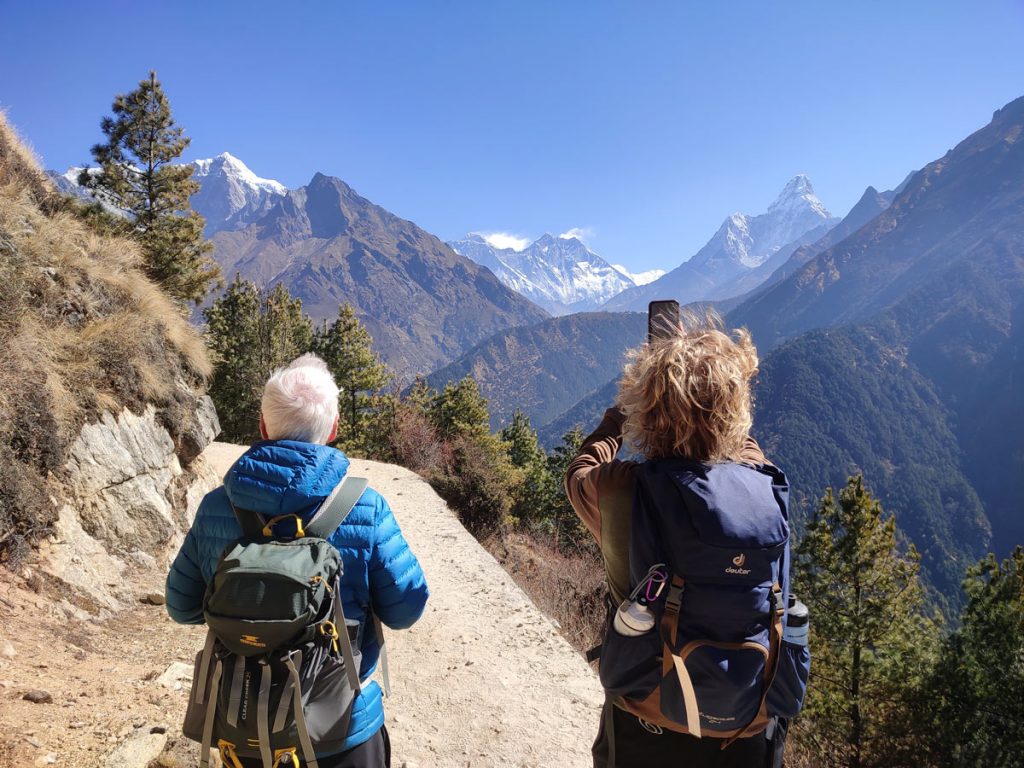
Based on your itinerary, it is a trek encompassing a 130 Kilometer round trip between Lukla and Everest Base Camp which is usually covered between 12 to 14 days and it is a compilation of some of the most majestic experiences throughout the world.
The Magic of Everest Base Camp Trek
The trek to Everest Base Camp is a journey captivating the magic of the Himalayas throughout with the perfect symphony of stunning panoramas, experiences, cultures, and sounds that make this trek appealing.
Natural Beauty
The Everest Base Camp trek features a tapestry of ever-changing landscapes. From mountain majesty to glacial ecosystem and fascinating ecosystem to sunrise viewing points, this trek has it all.
Starting from Lukla, the trek takes you through all kinds of ecosystems including lush and green landscapes followed by rhododendron and magnolia forests which finally transform into stark and rugged terrain at high altitudes.
As you reach the pinnacle of the trek at the foothill of Everest, the stark and rugged terrains change into glacial beauty and dramatic mountainous landscapes blanketed by snow where you are almost in a natural amphitheater surrounded by the Himalayas on either side.
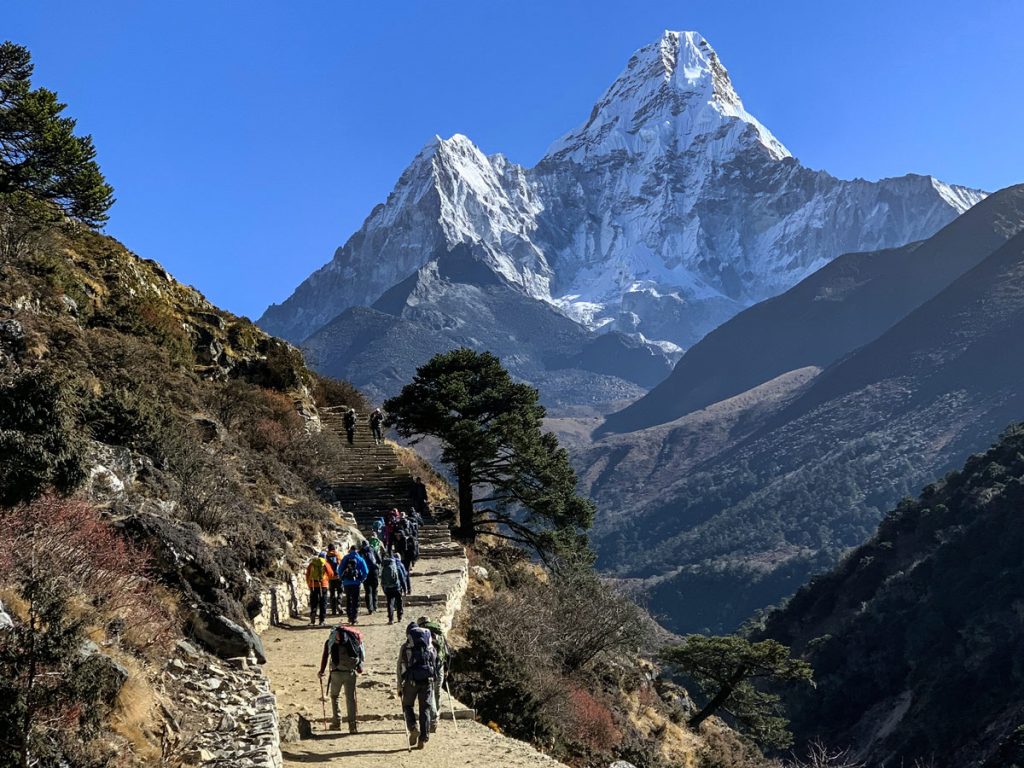
The colossal Khumbu Icefall will remind you of the true power that nature holds as the constantly moving river of ice cascades from the top of the world forming pristine turquoise glacial lakes.
What makes the view picture-perfect are the panoramas of Everest, Lhotse, Nuptse, Ama Dablam, and an entire stretch of mountains against the azure sky glistening with sunlight which makes it a photographer’s paradise.
This trek provides you with an adventurous time out allowing you to escape the hustle and bustle of daily life, unplug from it, and enjoy the solace in nature’s arms as you reconnect with nature.
While at it, you also gain a newfound sense of gratitude towards small things like a warm meal, a place to stay amidst the mighty Himalayas, and even for basic amenities like a hot shower, and companionship of others.
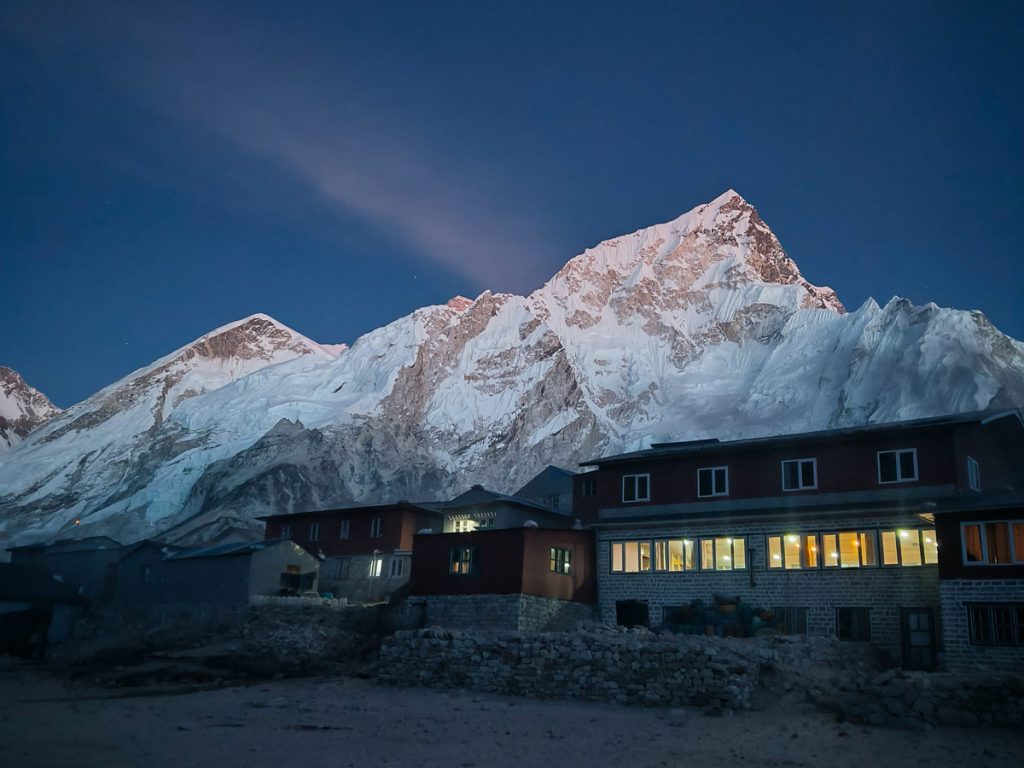
Keep an eye out for beautiful birdlife soaring in the skies of the Khumbu region like Himalayan Monal Pheasants as well as other wildlife enjoying the serenity of this fragile yet stunning ecosystem.
Cultural Richness
Another reason to trek the Everest Base Camp is for the profound cultural experience that it offers as you go amidst the high-altitude dwellers- the Sherpas who are equally famed for their resilience as well as their hospitability.
With traditions and lifestyles deeply rooted in Tibetan Buddhism, you will feel as if you have traveled back in time as this spiritual realm is dotted with prayer flags, chortens, mani walls, prayer wheels, and several monasteries.
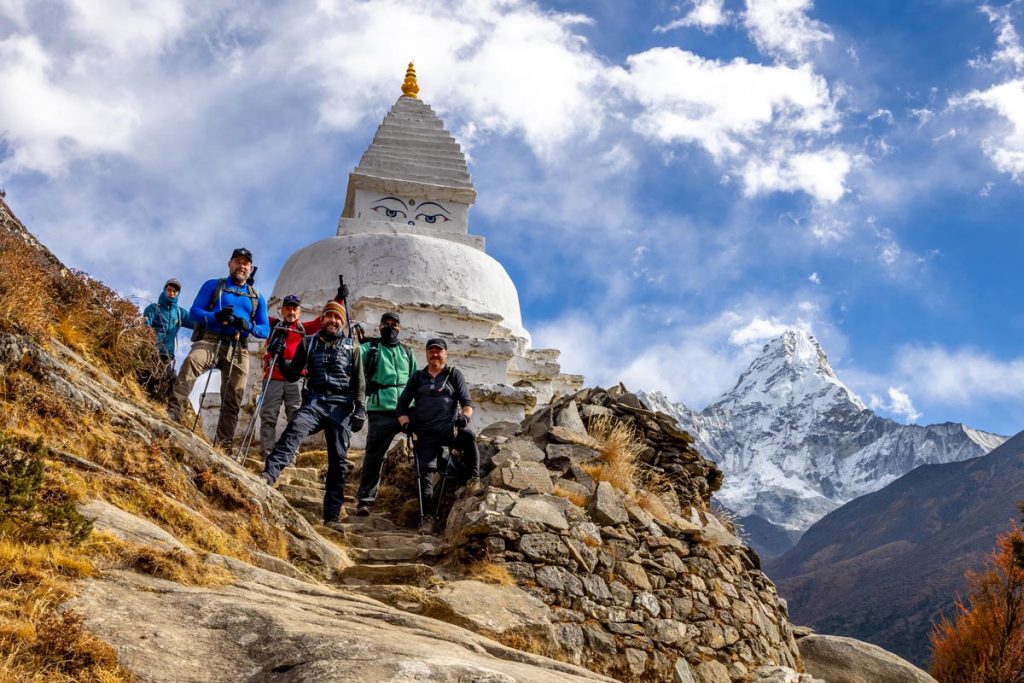
You will also come across what is often regarded as the spiritual hub of the Everest region: the Tengboche Monastery where you can experience several traditions, rituals, and everyday practices that will feel very peaceful.
If you have matched your timings, you can also experience the joy of traditional festivals like Mani Rimdu, Dumje, and Tibetan Lhoshar at the Tengboche Monastery which comes to life during these festivals filled with music, dances, theatrics, and other fun activities.
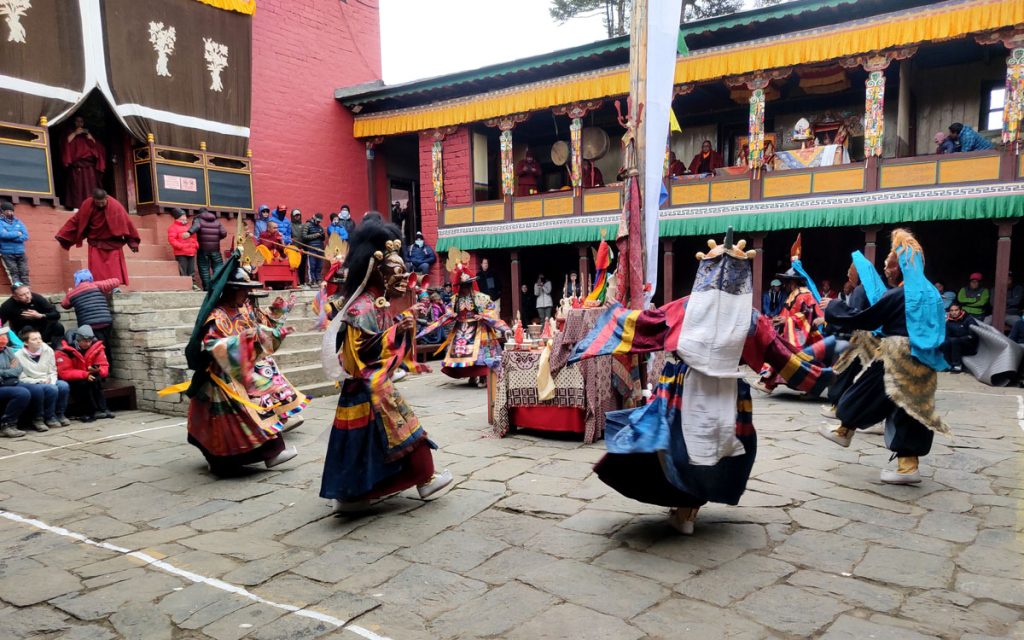
As you listen to the chants of the monks sitting amidst the glory of nature surrounded by the Himalayas, the experience is extremely surreal given every single prayer flag carries several wishes and brings lots of positive energy in the region.
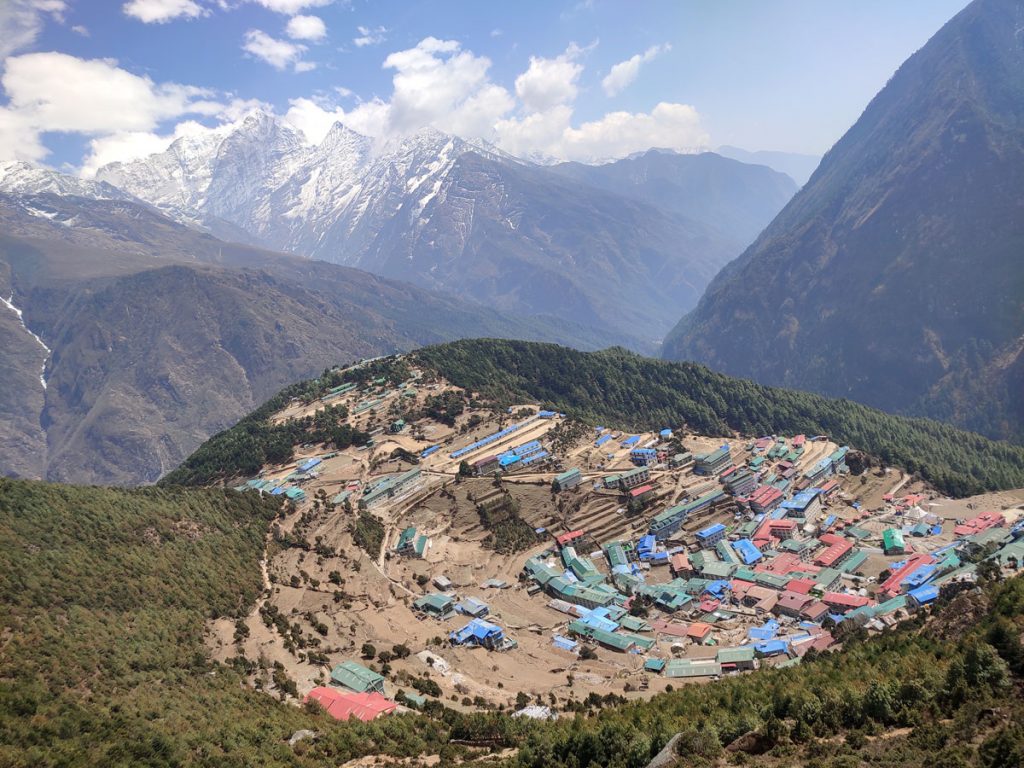
The Sherpas will welcome you with open hearts and open arms in Sherpa villages like Namche Bazaar, Tengboche, Dingboche, and more. You will get a taste of genuine Sherpa hospitality and mouthwatering Sherpa cuisine throughout the trek.
Feeling of Triumph
Standing in the shadow of the tallest peak in the world is not just about the natural beauty but equally about the unmatched feeling of achievement that follows once you have tackled all the challenges.
The Everest Base Camp trek is a journey that will need you to push your limits, both physically and mentally, and discover your inner strength as the trek often tests your resilience.
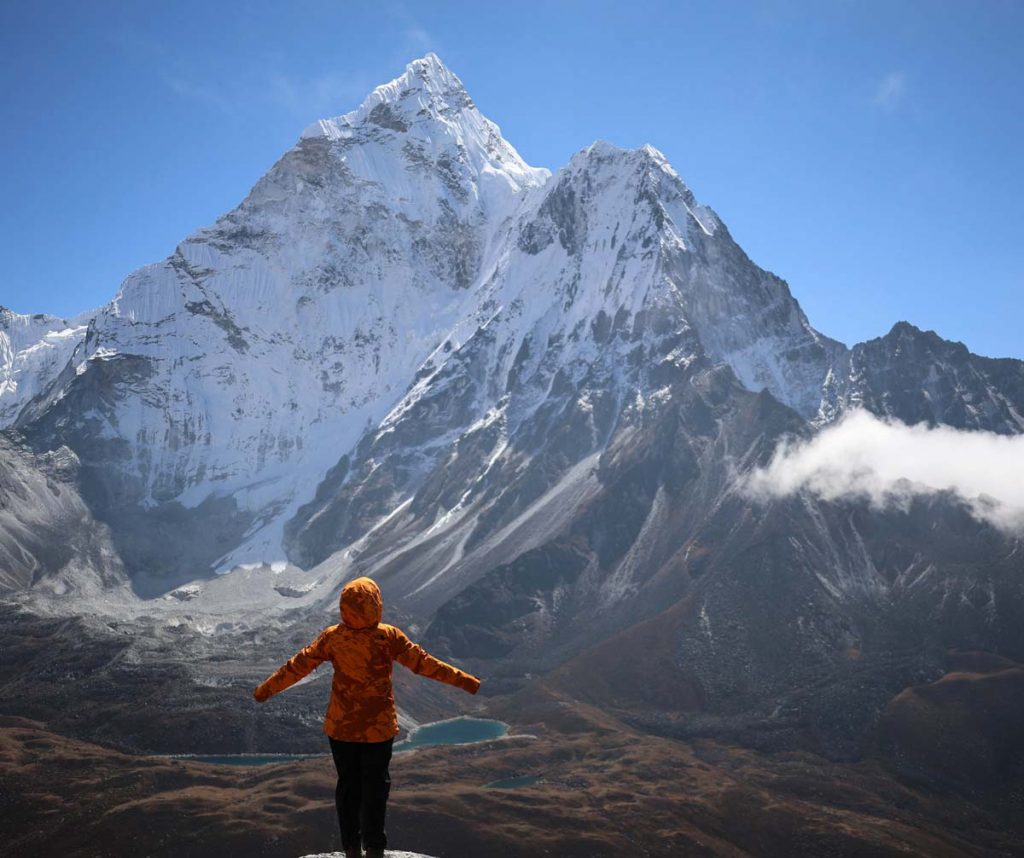
Conquering the EBC trek is not an ordinary feat as the trek does have its fair share of daunting challenges. Therefore, reaching the pinnacle of the trek is a moment of triumph for trekkers.
Tackling the unforgiving terrains of the trek is a symbolic victory that often marks a milestone for people embarking on this trek, instilling a newfound appreciation for your resilience.
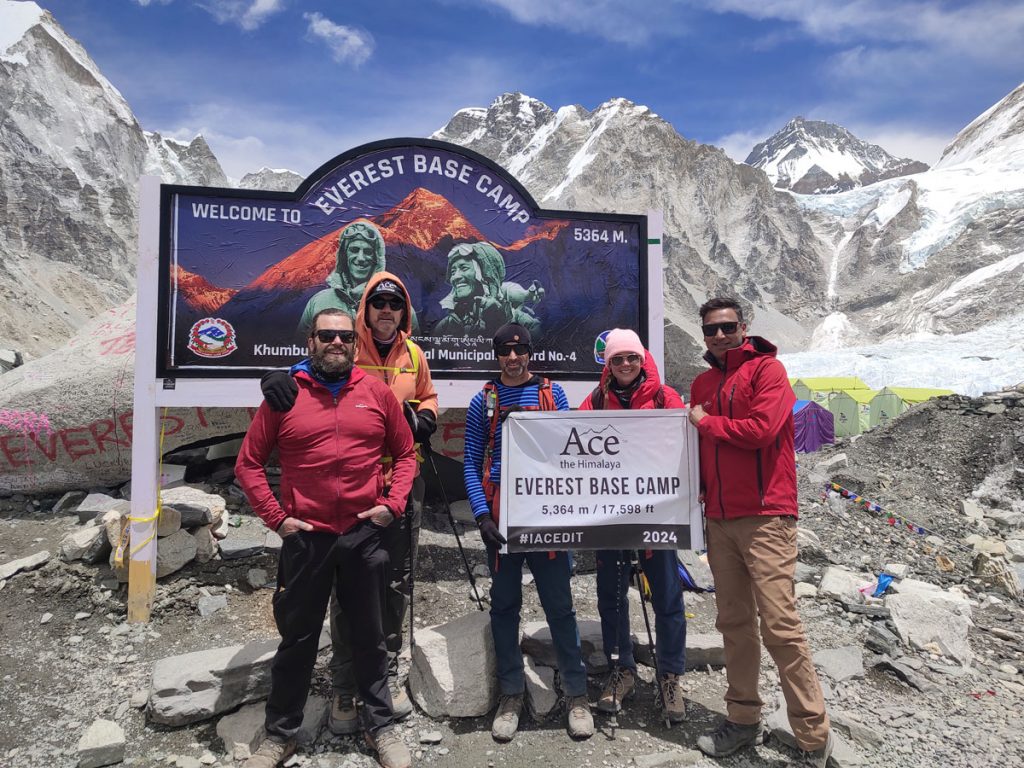
Amidst all that, you also get a chance to form a camaraderie with your fellow trekkers who will be sharing the same sense of joy and accomplishment with you and create lifelong memories.
Iconic Landmarks
There is much more to the Everest Base Camp trek beyond the allure of the base camp itself. The trek features several other landmarks that are visually and historically significant and iconic.
The stunning sunrise from one of the best sunrise viewing points of Nepal at Kalapathhar is an unmissable highlight of the trek as it takes you to a point even higher than the EBC (5,364 m) at 5,555 m.
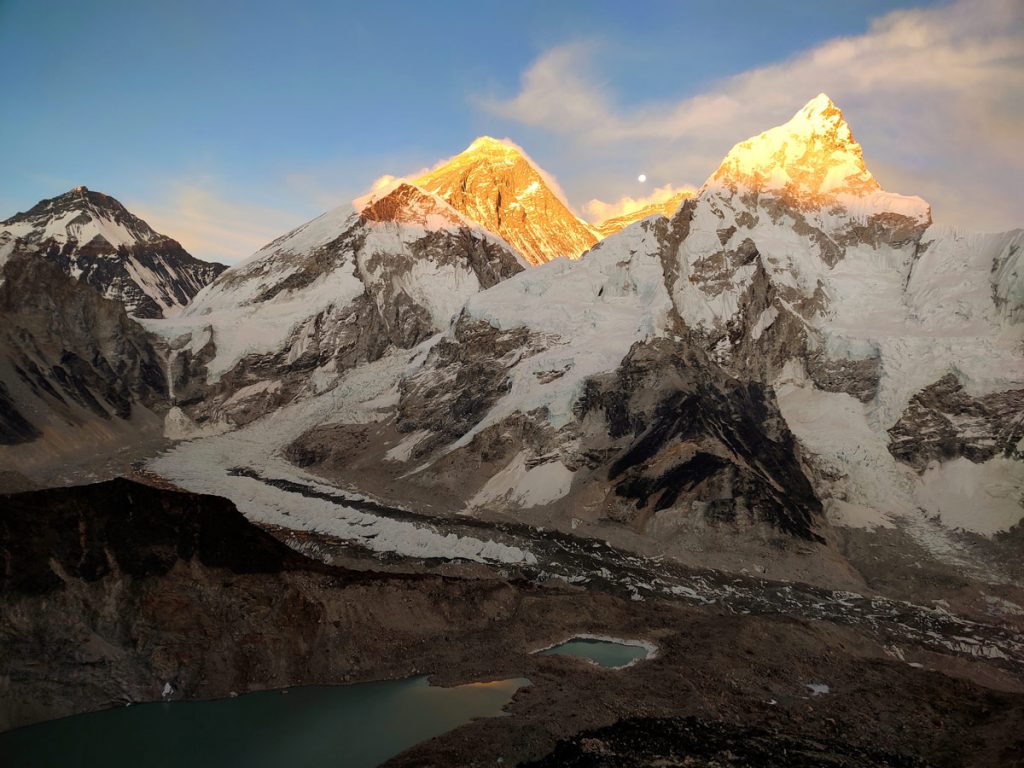
Beyond this, the aforementioned Khumbu Icefall with its treacherous terrain acts quickly to humble the trekkers while still being a visual treat. Several other landmarks and fun facts about the Everest Base Camp trek make it worth the hype.
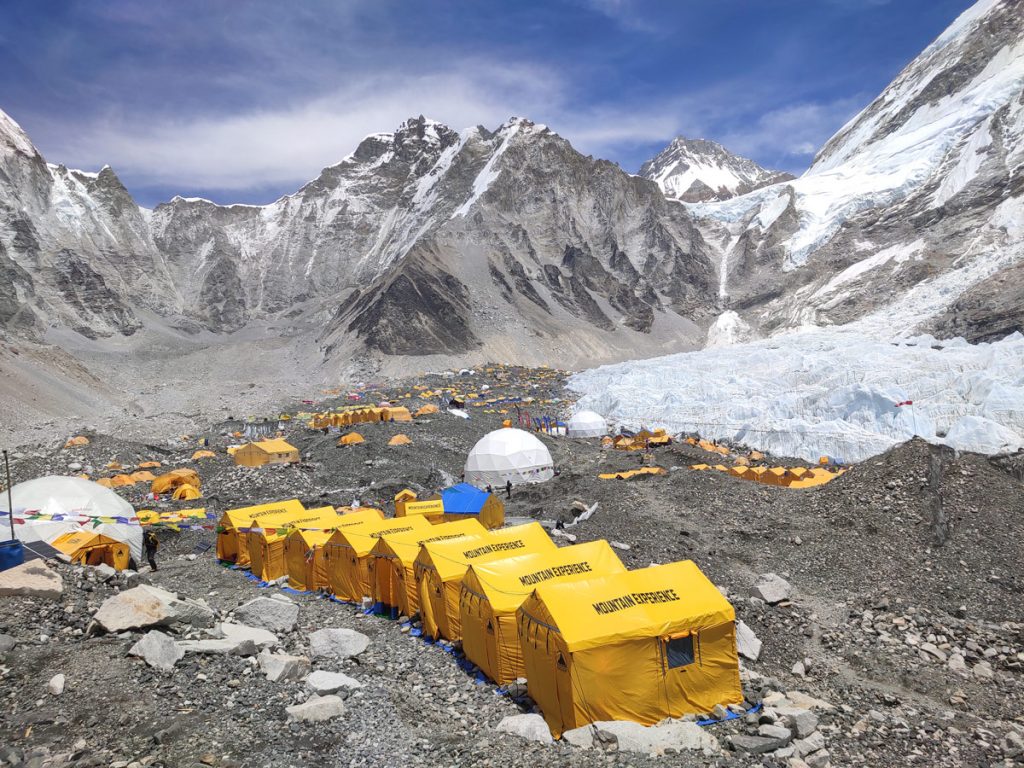
All in all, the Everest Base Camp trek is much more than reaching the foothills of Mt. Everest. It is a journey through several landmarks often marking the lores, legends, historical ascents, achievements, and sometimes tragic losses of Himalayan mountaineering.
Socio-Economic Impact of Trekking to EBC
As you make your way to the Everest Base Camp trek, you are not just creating lifelong memories, but you are also making an impact on the socioeconomic development of the Khumbu region and supporting the livelihood of people.
The major source of the local economy in the Everest region is the trekking industry and it employs most of the Sherpas while supporting lodges, tea houses, guide services, porters, and local enterprises.
It also creates indirect jobs for cooks, lodge staff, people providing laundry services in the region, and more. Besides that, it also supports the local art market as you buy souvenirs and local handicrafts.
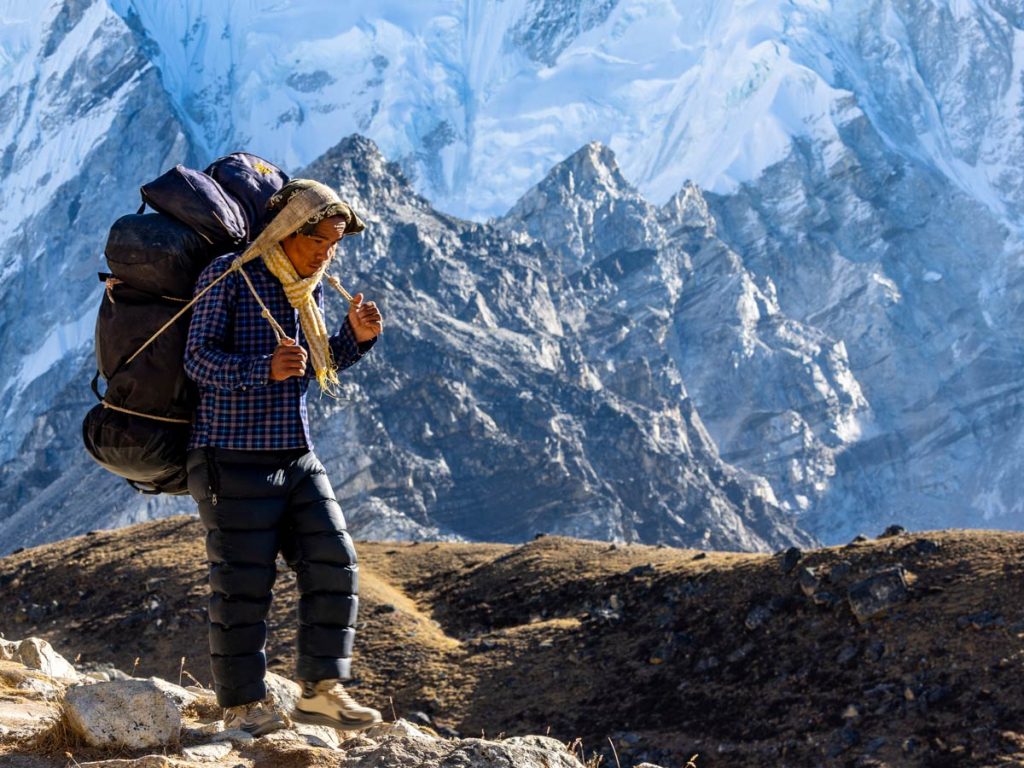
Another major impact you are making is in preserving the culture as it promotes the Sherpa traditions and festivals and makes it known to a much larger crowd. Contribution from trekkers also helps to fund cultural heritage sites in the region.
Trekking revenue has also been proven helpful in infrastructural development in the Sagarmatha National Park with the establishment of more schools, health clinics, and even the availability of Wi-Fi and internet services in the region.
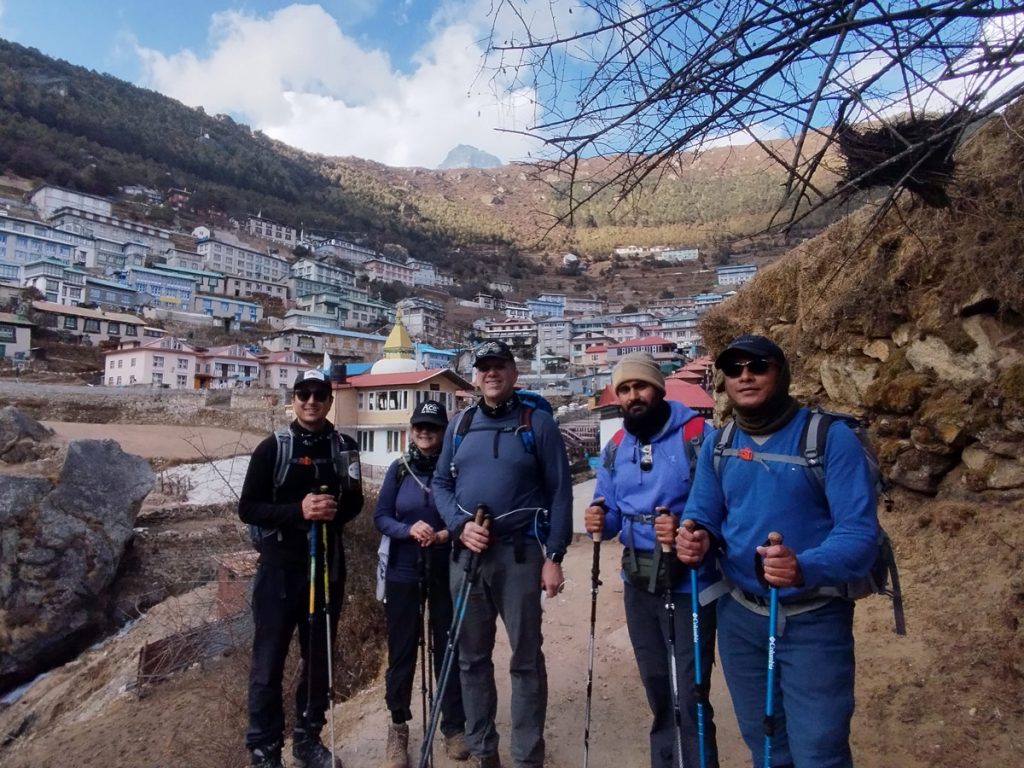
While the increased trekkers traffic is also putting the fragile ecosystem of the Everest region at risk, every trekker is encouraged to adhere to responsible trekking practices which also makes you a part of the larger story that is sustainable tourism.
Therefore, by choosing to trek the Everest Base Camp, you are not only embarking on an adventure of a lifetime but also positively impacting numerous lives and leaving a positive footprint in the bigger picture.
Best Time for Everest Base Camp Trek
While the Everest Base Camp trek is an adventure unmatched and has something to offer throughout the year, you will get the best experience if you choose the right season for your Everest adventure.
The best time for the Everest Base Camp trek is subjective and depends on what you are seeking from the trek. It varies for those seeking a snowy exploration of the Himalayas and is different for those wanting a quiet time away from the city.
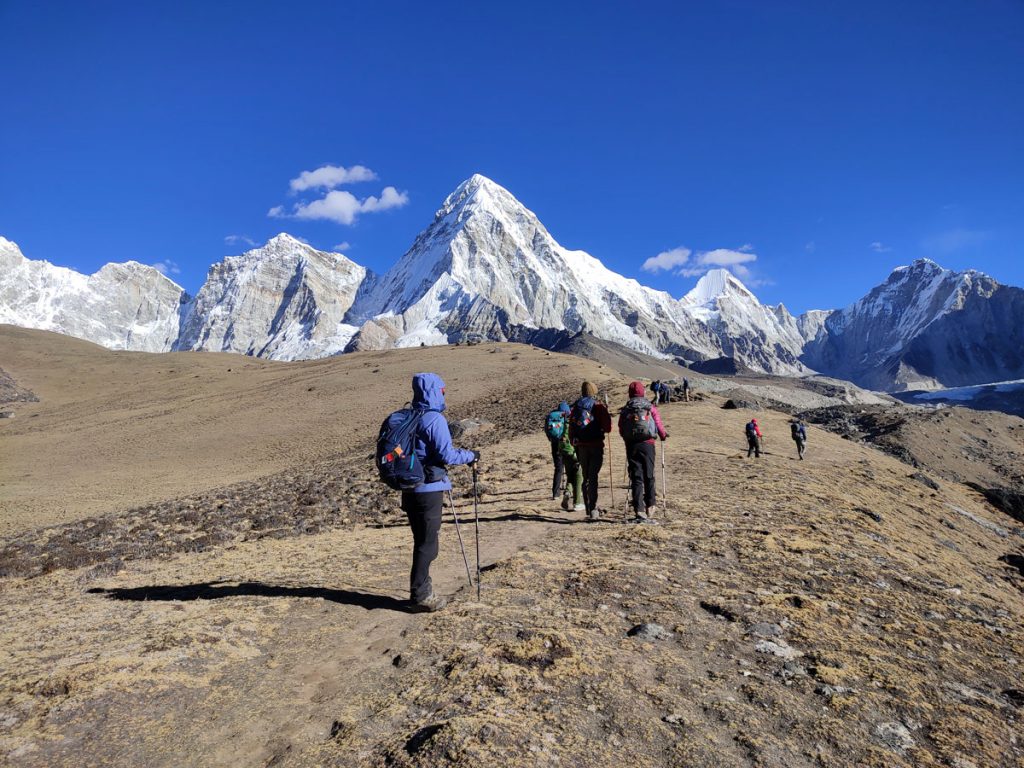
For those wanting to get an all-in-one experience of active flora and fauna, beautiful landscapes, clear skies, moderate climate, and don’t mind the trekkers’ traffic, you can go for an EBC trek during autumn (September to November) or spring (March to May).
However, for those wanting to avoid the trekkers traffic and still enjoy the mountain’s majesty, you can opt for trekking the Everest Base Camp during winter (December to February) as it features clear skies and less crowded trails. Be prepared for the freezing temperatures though.
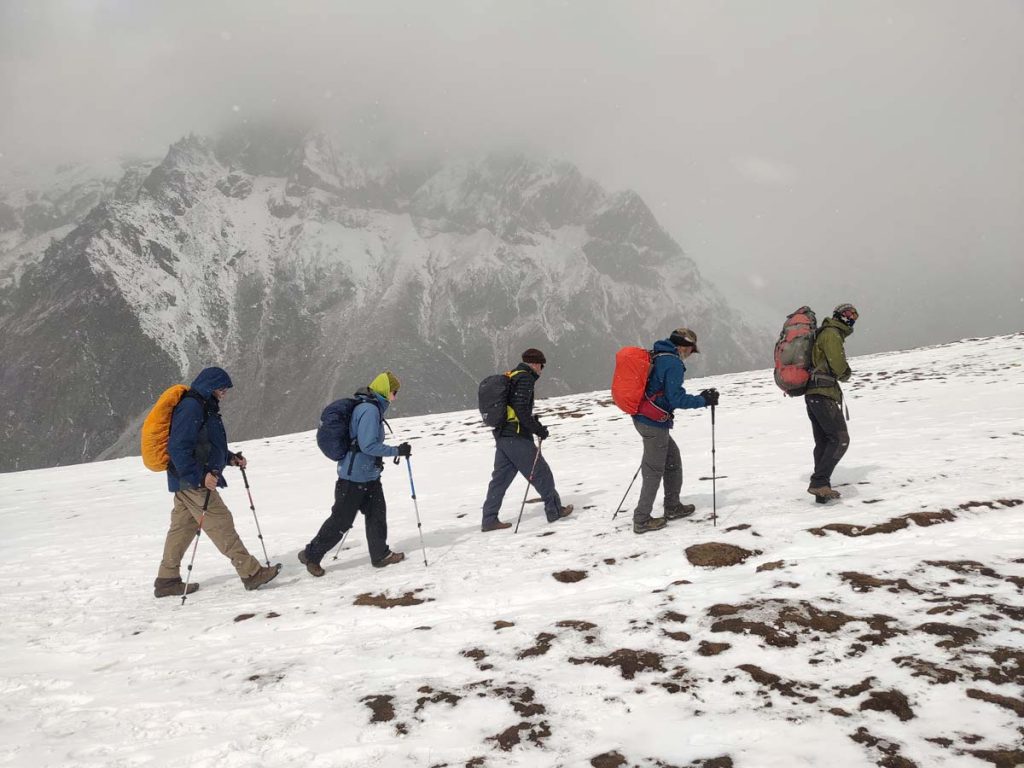
Although the EBC trek is equally beautiful and quiet during the monsoons (June to August), it is advisable to not trek during this season as the region experiences heavy rainfall and other challenges like slippery trails with added risk of injury.
Challenges on the Everest Base Camp Trek
The Everest Base Camp trek is considered to be a strenuous trek with several challenges like the daunting length, duration, high altitude, unpredictable weather, and treacherous terrains determining the difficulty of the trek.
Altitude Sickness
While the idea of reaching the foothill of the highest peak in the world sounds fascinating, it is extremely challenging as you will be traveling into the realm of thin air with very limited oxygen.
The trek takes you to a maximum altitude of 5,364 meters, and 5,555 meters if you are making a detour to Kalapathhar too, which is very high compared to the general altitude that we are used to.
There is very little availability of oxygen at this altitude which leads to one of the most significant challenges faced by trekkers: Acute Mountain Sickness (AMS) which is a type of altitude sickness.
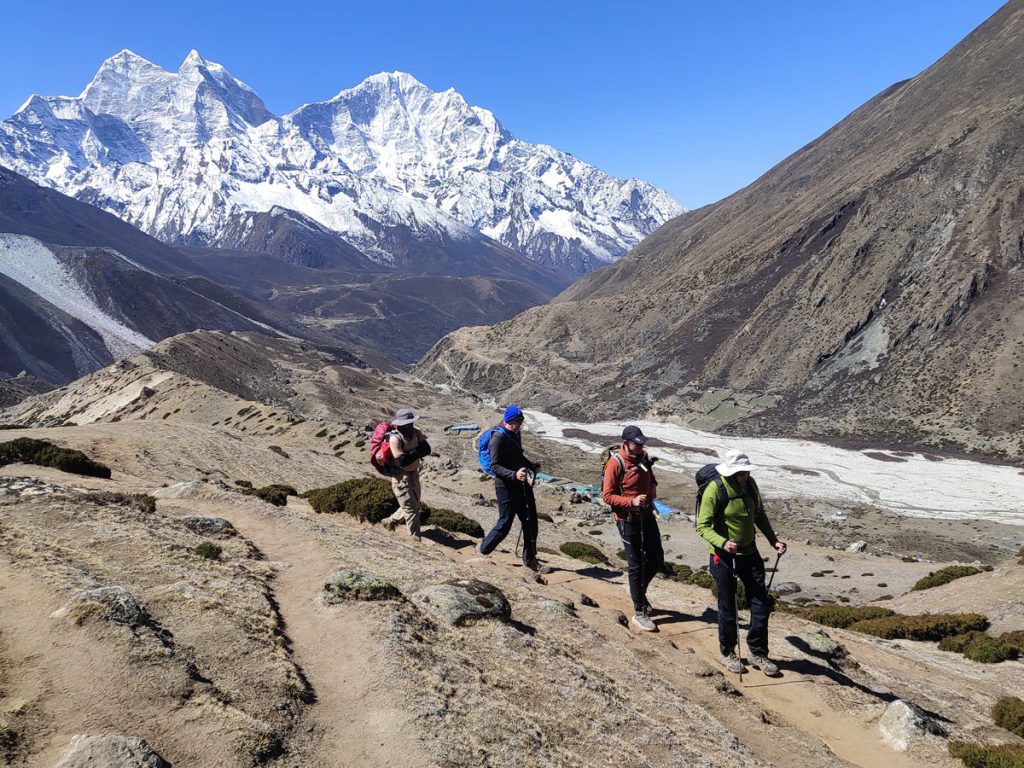
You will experience symptoms like nausea, headache, fatigue, loss of appetite and sleep, and dizziness which might at times lead to extreme and life-threatening symptoms like High Altitude Pulmonary Edema (HAPE) or High Altitude Cerebral Edema (HACE).
However, this can be tackled by taking precautions like gradual ascent, proper hydration, and taking proper rest. Acclimatization is the key to preventing altitude sickness while on the Everest Base Camp trek.
Make sure your itinerary features at least a couple of proper rest days to help your body adapt to the high-altitude realm of the trek.
Physical Requirements
The Everest Base Camp distance is a total of approximately 130 km trek covered within 12 to 14 days. Now while this might seem like an achievable task at a cursory glance, the trek needs lots of physical requirements from your side.
You will be walking for long hours every day with significant elevation gain on the EBC terrains which are dusty, rocky, uneven, and even slippery at times with random appearances of crevasses and technical sections.
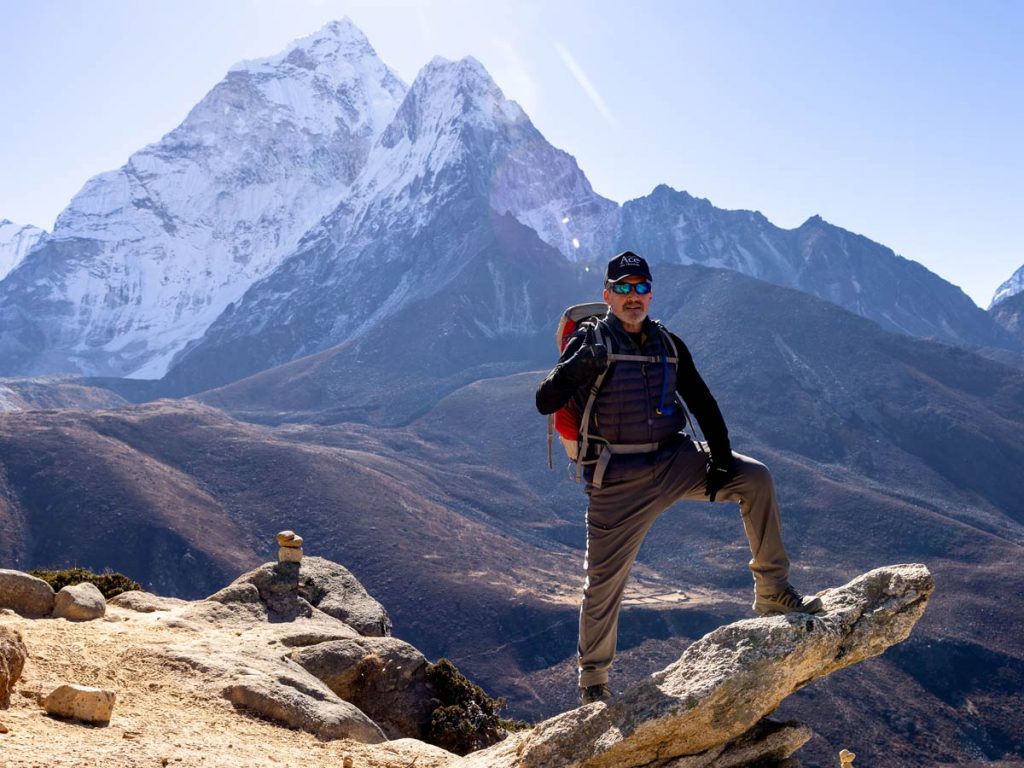
Under such circumstances, one requires at least an average level of physical fitness with thorough preparation including cardiovascular fitness, strength training, mental preparation, as well as some kind of hiking practice.
One should have a dedicated fitness routine well in advance if he has to prevent the dreaded soreness that follows a day of trekking.
Read our blog ‘How to Prepare for Everest Base Camp Trek’ for more insights on trek preparation.
Weather Conditions
The weather gets more and more unpredictable as you ascend higher on the Everest Base Camp trek quickly transforming from scorching sun to scary and chilling snowstorms within a few minutes.
While the general trekking conditions can be predicted based on the month and season of the trek, the exact situation cannot be determined as the weather in the mountains changes rapidly.
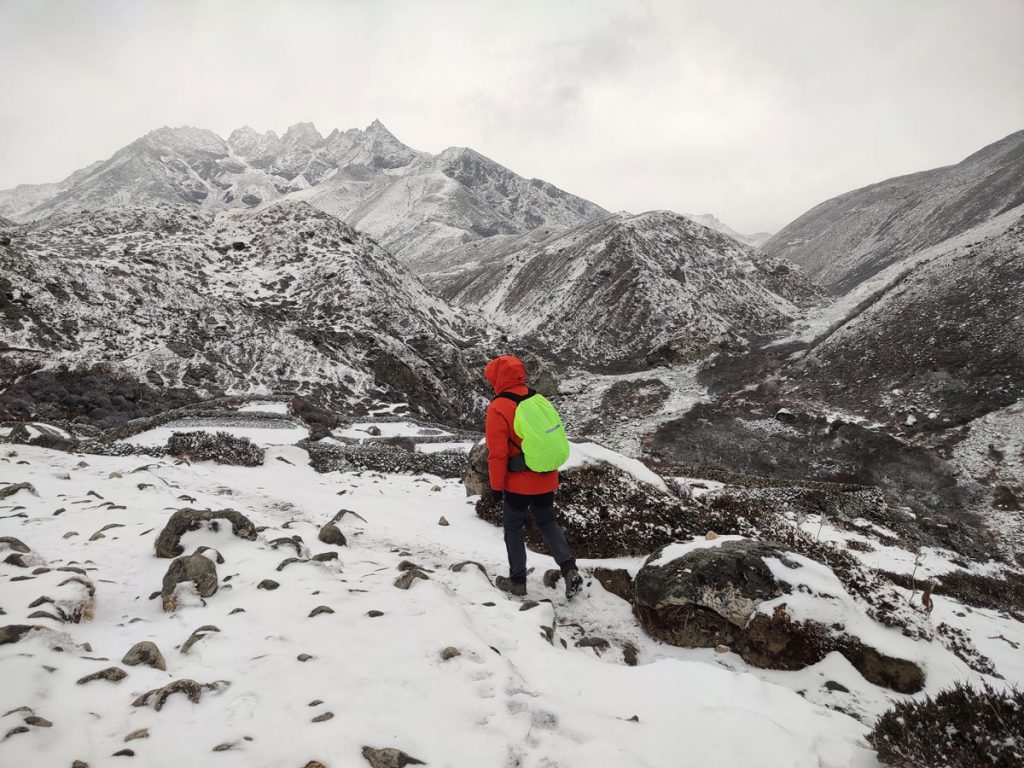
Therefore, one must always be thoroughly prepared for any climatic challenge ranging from sudden downpours to heavy snow and chilly winds. Make sure your packing list for the EBC trek includes a versatile range of clothing and other gear for the trek.
Make an Informed Decision
Now that you know that the Everest Base Camp trek is as demanding as it is adventurous, it is important to be honest with yourself and analyze whether you are fit for these challenges.
Before deciding to embark on the trek, assess your physical fitness including your stamina, and cardiovascular fitness, and make sure to analyze whether your core and legs can take all the load of the trek.
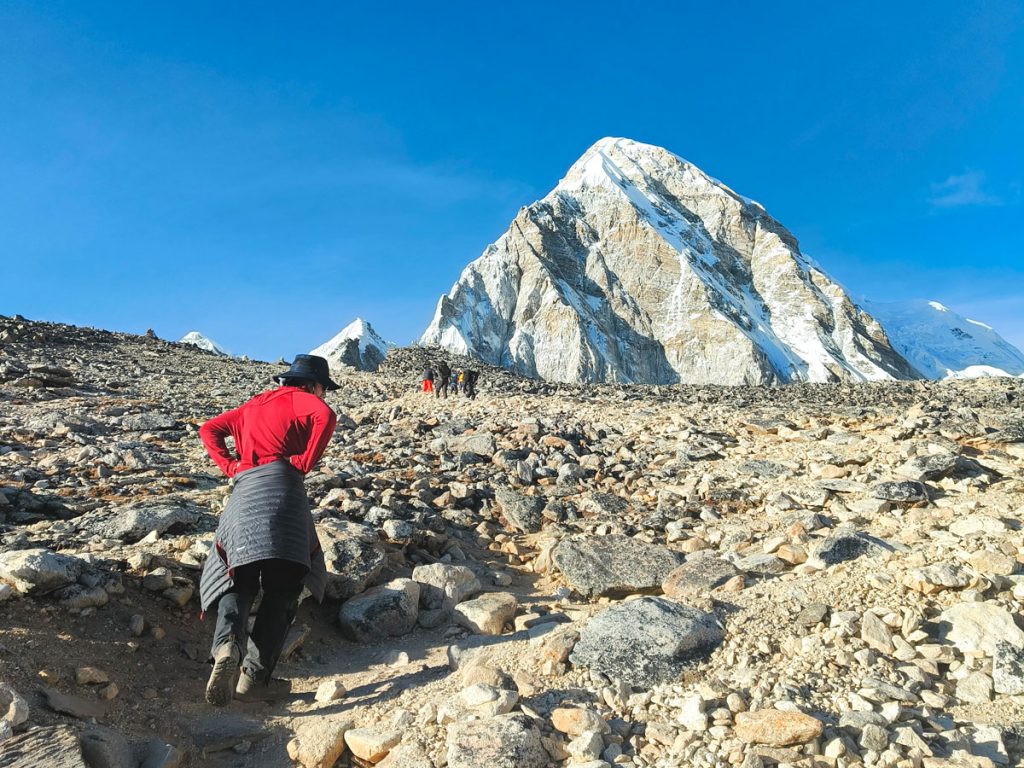
Also keep in mind that while prior experience is not mandatory, your body must be able to adapt to the challenging altitude of the trek. Evaluate what are you expecting out of the trek so that you can set your itinerary accordingly and also pick the best season for your trek.
While all these things can be achieved through proper preparation, make sure to go through this checklist before embarking on the trek for an enjoyable experience:
- I can comfortably hike for 5-6 hours with a backpack on uneven terrain.
- I have experience hiking at moderate altitudes (above 3,000 meters), and I have been training specifically for high altitudes.
- I am committed to a training program that focuses on cardio and strength training in the months leading up to the trek.
- I am comfortable with basic amenities and can adapt to a different pace of life on the trail.
- I understand the risks of altitude sickness and am prepared to manage it by listening to my body and following proper acclimatization guidelines.
Pro Tips for Conquering the Everest Base Camp Trek
Below are some insider tips from Ace the Himalaya that can come in handy for an enjoyable, safe, and successful trek:
- Invest in quality gear including trekking boots, backpacks, sleeping gear, and a versatile range of clothing suitable for layering.
- Do your research on the permits and documents required for the Everest Base Camp trek.
- Embrace the practices of responsible tourism and adapt the ‘Leave No Trace’ policy as you meander through the landscapes of Sagarmatha National Park.
- Research accommodations on the Everest Base Camp trek and set your expectations accordingly.
- Respect the local culture and traditions and make sure to not offend the locals.
- Partner with a reputed local trekking agency like Ace the Himalaya to get rid of all worries including guide, porter, permits, and more.
Conclusion
The Everest Base Camp trek has something for everyone, but the challenges of the trek are also a major factor to consider before deciding if it is the best trek for you. While some consider it to be one of the best treks for beginners, some also consider it a daunting challenge.
So, is the Everest Base Camp trek worth it? Well, for those who are prepared and willing to push their limits, this trek provides an array of experiences that are hard to match throughout the world.
And for those looking for a lighter alternative, you can check out our blog compiling beginner-friendly treks in Nepal.
